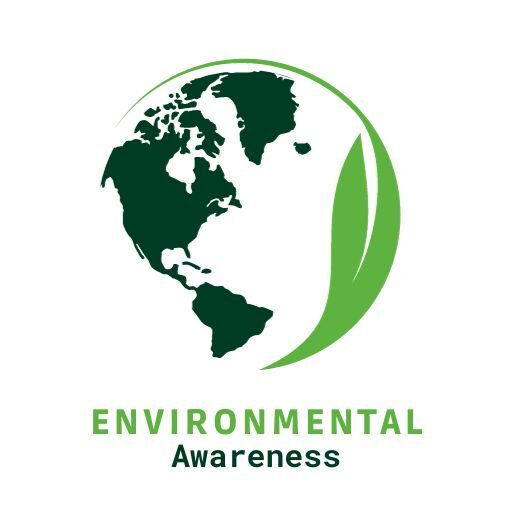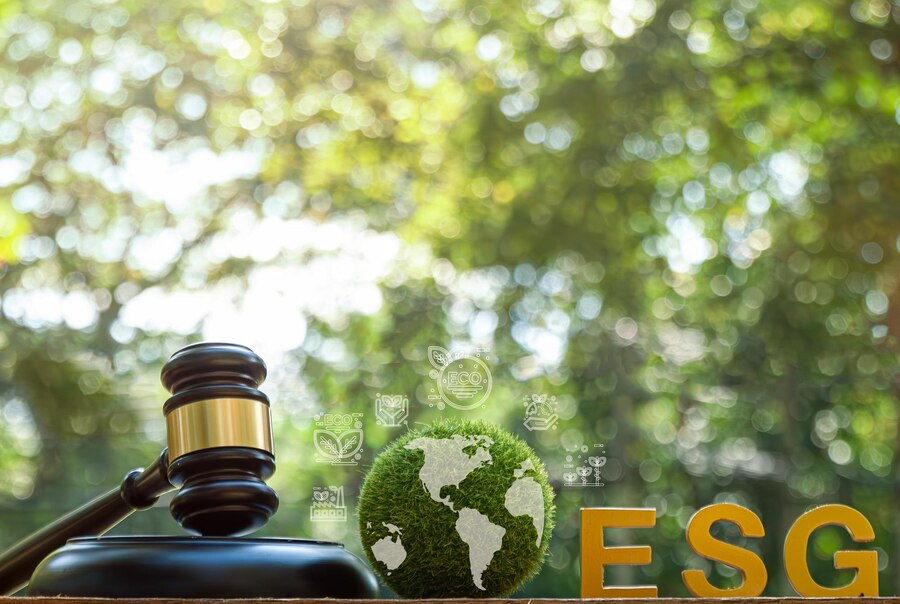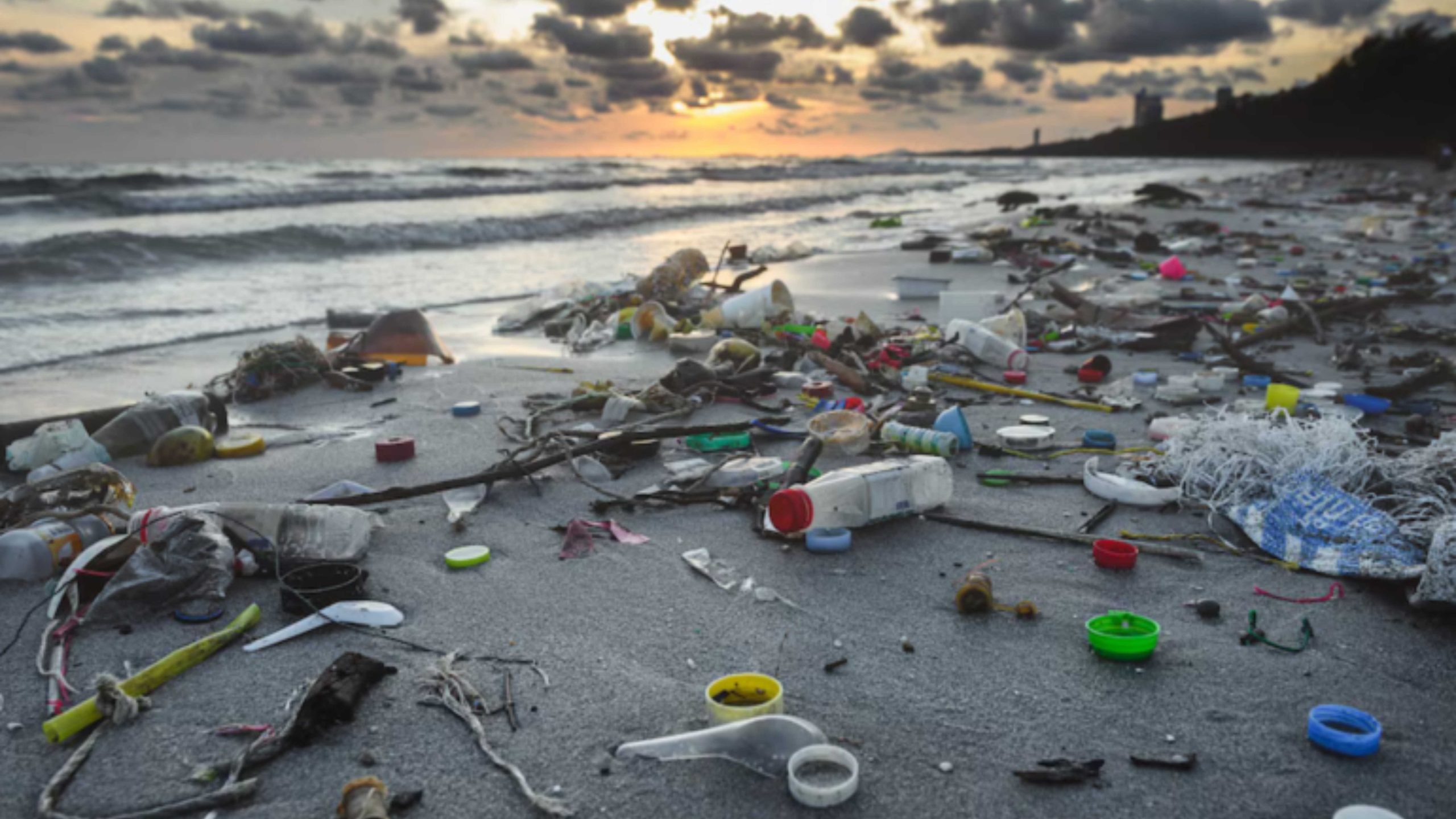
Environmental Justice Legislation: Addressing Inequities in Environmental Burdens
Introduction
An essential idea that recognizes the unequal distribution of environmental benefits and liabilities among populations is environmental justice. Underprivileged and marginalized populations have been the main victims of pollution, hazardous waste, and environmental damage for many years. Governments all over the world have responded by introducing environmental justice laws to address these environmental inequities and guarantee that everyone has equal access to a clean and healthy environment, regardless of their race, wealth, or social standing. The significance of environmental justice legislation in resolving environmental injustices and advancing social equity is examined in this blog.
Understanding Environmental Inequities
The disproportionate allocation of environmental risks, benefits, and resources among various demographic groups is referred to as an environmental injustice. The prevalence of hazardous facilities and pollutants in low-income areas and communities of color frequently serves as a defining feature for these discrepancies. Social class, institutional racism, and historical discrimination are some of the factors that cause marginalized communities to bear an unfairly disproportionate amount of the burden of environmental dangers.
Communities of color and low-income communities are more likely to be found close to industrial sites, landfills, and other sources of pollution, according to numerous studies. Numerous health issues, such as cancer, developmental difficulties, and respiratory ailments, can result from this exposure to environmental risks. Environmental injustices are exacerbated by the fact that these populations frequently lack access to green areas, clean air, and safe drinking water.
The Role of Environmental Justice Legislation
- Protection of Vulnerable Communities: Environmental justice legislation provide vulnerable communities with vital protection against the negative effects of environmental devastation, acting as a vital barrier. These laws seek to reduce the disproportionate burden of pollution and toxicity borne by marginalized people by means of strict restrictions and enforcement procedures.
- Accountability for Polluters: Holding polluters responsible for their actions is one of the main goals of environmental justice legislation. These regulations ensure that industries and individuals are held accountable for the harm they cause to the environment and human health by enforcing penalties and fines for environmental infractions.
- Inclusive and Transparent Decision-Making: Environmental justice laws aim to guarantee inclusive and transparent decision-making procedures concerning environmental issues. This entails giving impacted communities the chance to engage in debates and the creation of policies, enabling them to successfully defend their rights and interests.
- Recognition of Environmental Rights: Laws pertaining to environmental justice clearly state that everyone has a fundamental right to a clean and healthy environment. These laws demonstrate a commitment to redressing historical wrongs and advancing greater social equality by enshrining this right in law.
- Moral Imperative for Change: Environmental justice laws are based on a moral obligation to protect people’s rights and dignity, regardless of their social class, race, or financial situation. This obligation transcends legal frameworks. These laws develop a culture of environmental stewardship and address systematic inequality, laying the foundation for a society that is more sustainable and just.
Key Components of Environmental Justice Legislation
- Equitable Decision-Making: Environmental justice laws place a strong emphasis on the necessity of including impacted groups in zoning, land use, and environmental control decision-making processes. These rules guarantee the views of marginalized communities are acknowledged and recognized by offering avenues for public involvement and community input.
- Protections for Environmental Health: Environmental justice laws provide measures to guard against environmental risks for the public’s health and safety. Stricter laws governing pollutant emissions, the disposal of hazardous waste, and industrial activities that endanger the communities nearby may be necessary to achieve this. Governments can lessen the disproportionate impact of environmental degradation on communities that are already vulnerable by enforcing these protections.
- Equitable Enforcement and Compliance: Environmental justice laws aim to guarantee that environmental rules and laws are applied equally and uniformly to all localities. This could entail taking action to make polluters answerable for infractions and giving environmental enforcement organizations the tools they need to look into complaints and keep an eye on compliance. These laws assist prevent environmental injustices and guarantee that everyone is treated equally under the law by encouraging responsibility and openness.
- Equitable Access to Resources: Legislation pertaining to environmental justice seeks to advance fair access to natural resources, including freshwater, clean air, and green areas. activities to combat environmental racism and discrimination might be part of this, like focused infrastructure improvements and community development activities in underprivileged areas. These laws contribute to the creation of more resilient and sustainable communities by giving priority to the needs of marginalized communities.
Case Studies: Environmental Justice Legislation in Action
- The United States Clean Air Act: The Clean Air Act, which was implemented in 1970 and revised in 1990, is among the most important environmental laws in the US. It mandates that national ambient air quality standards be created by the Environmental Protection Agency (EPA) in order to safeguard public health and welfare from air pollution. The EPA has made environmental justice a top priority in recent years by concentrating on lowering air pollution in underserved areas, especially those that are disproportionately impacted by pollution from traffic and industrial pollutants.
- The United Kingdom’s Environmental Justice Act: This law was passed in 2022 with the intention of addressing environmental injustices and advancing social justice in the country. The act mandates that government agencies create plans to lessen environmental inequities and that public authorities consider how their decisions would affect underprivileged areas. To guarantee that everyone has equitable access to a clean and healthy environment, the legislation incorporates environmental justice concepts into decision-making procedures.
Conclusion
In order to remedy environmental injustices and advance social equality, environmental justice legislation is essential. These laws contribute to the creation of more resilient and sustainable societies for all people by acknowledging the disproportionate impact that environmental dangers have on marginalized communities and by offering procedures to safeguard their rights. Nonetheless, maintaining governments, corporations, and civil society organizations’ continued commitment and cooperation is necessary to achieve environmental justice. Together, we can tackle the underlying causes of environmental injustices and create a more just and sustainable future for future generations.





